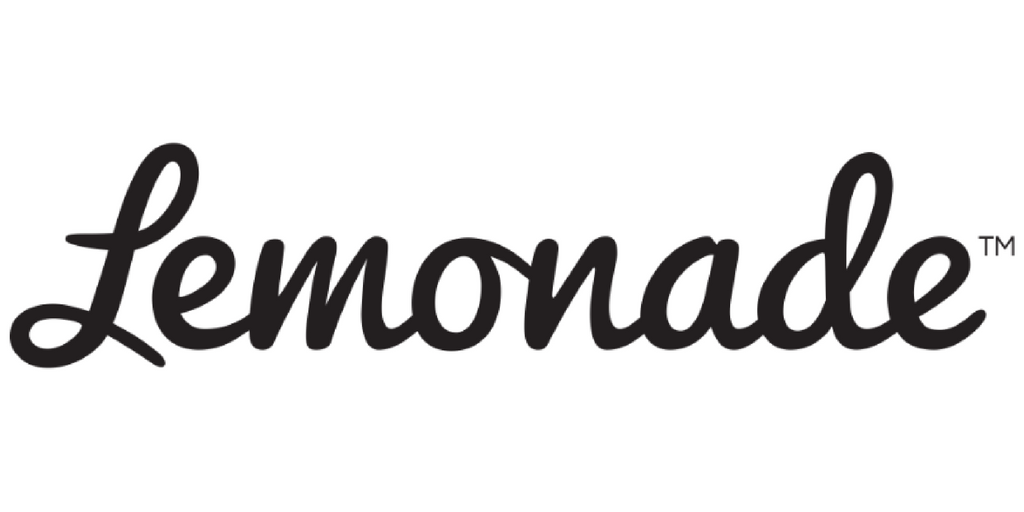Analysts are forecasting an improvement in the loss ratio of insurtech firm Lemonade over the coming quarters, based on its current reinsurance arrangements.
 Taking 75% of the risk for every premium dollar Lemonade writes, reinsurers are bearing the bulk of the loss ratio outcome, good or bad, JMP Securities notes.
Taking 75% of the risk for every premium dollar Lemonade writes, reinsurers are bearing the bulk of the loss ratio outcome, good or bad, JMP Securities notes.
The insurtech’s net loss ratio forecast for 2020 is set at 72%, which indicates a 100% combined ratio when considered alongside 2-3 points of expense and the 25-6 points of ceding commission.
Reinsurers must therefore be betting that Lemonade’s loss ratio will improve significantly in the foreseeable future, with Morgan Stanley suggesting the ratio could improve to 65% in 2021-22.
The firm’s loss ratio has already improved from 146% just two years ago, and analysts see this trend as set to continued.
Lemonade raised $319 million at its Initial Public Offering (IPO) earlier this month as high demand boosted the price of its 11 million shares above target to $29 each.
The tech start-up has seen success with its a strategy of targeting young first-time insurance buyers, with the long-term goal being to retain these customers later into life.
But the firm is not yet profitable, with Morgan Stanley forecasting net income profitability by 2026 and underwriting profitability by 2030.
Part of Lemonade’s business model is to constrain volatility via extensive reinsurance contracts, including the aforementioned proportional reinsurance treaty that takes 75% of premium and pays corresponding losses, as well as a 25% ceding commission.
It has additional excess-of-loss reinsurance contracts to limit losses in the event of costly catastrophic events, with the aim of limiting the payment for any one claim to $125,000.
“The combined impact of the reinsurance transactions greatly reduces loss ratio and gross margin volatility compared to peers,” Morgan Stanley notes.
In 95 years out of 100, Lemonade expects underwriting results to affect its gross margins by no more than ±3%, and gross margin variance is believed to be 2x more likely to be favorable than not.
With reinsurance limiting downside and a giveback program limiting upside, the company effectively locks in a loss ratio, enabling it to retain a flat fee of 25% of premiums.
“Lemonade has struck a balance of sustainability/stability while also allowing for it to potentially participate in improved economics should its loss ratio improvement continue, which we believe is likely,” analysts at JMP stated.
“We do not think the improvement is complete, and believe the company’s new reinsurance program that began July 1 suggests its reinsurers are projecting further improvement as well,” they continued.
“This substantial loss ratio improvement as well as well-respected global reinsurers—such as Arch Re, AXA XL, Chaucer, Hannover Re, Swiss Re, and Tokio Marine—stepping up to take the lion’s share of the risk (75%) suggest to us that, while still early days, Lemonade’s model is working.”


